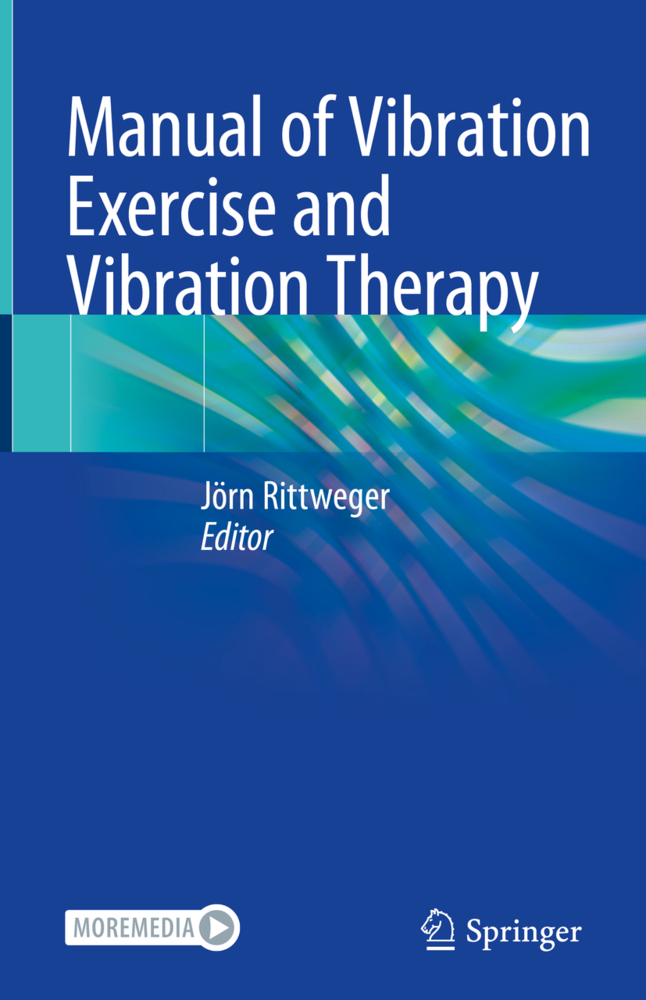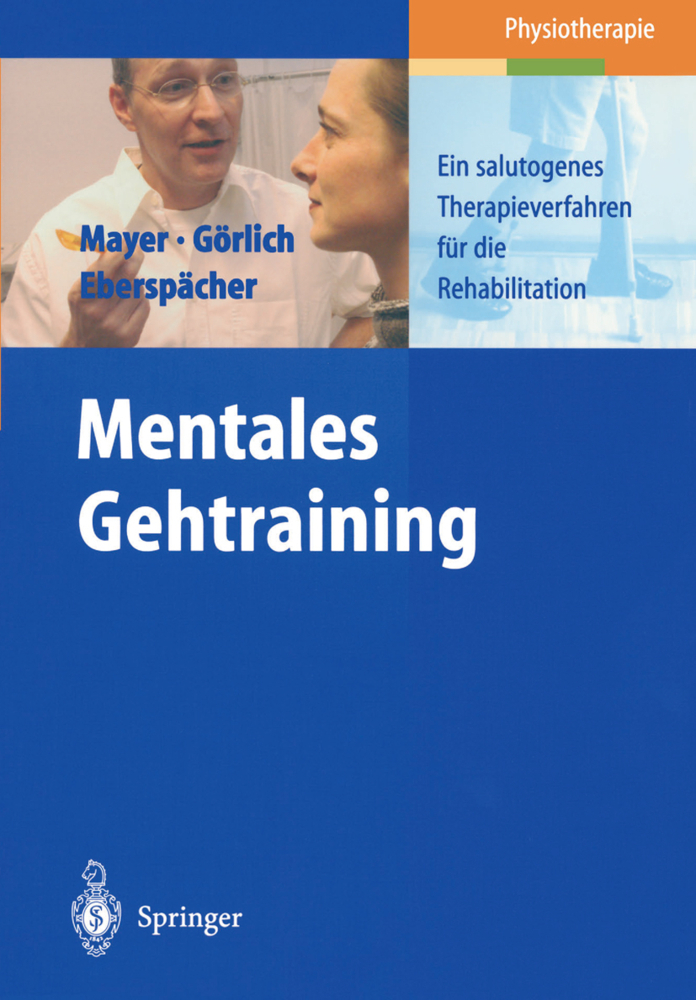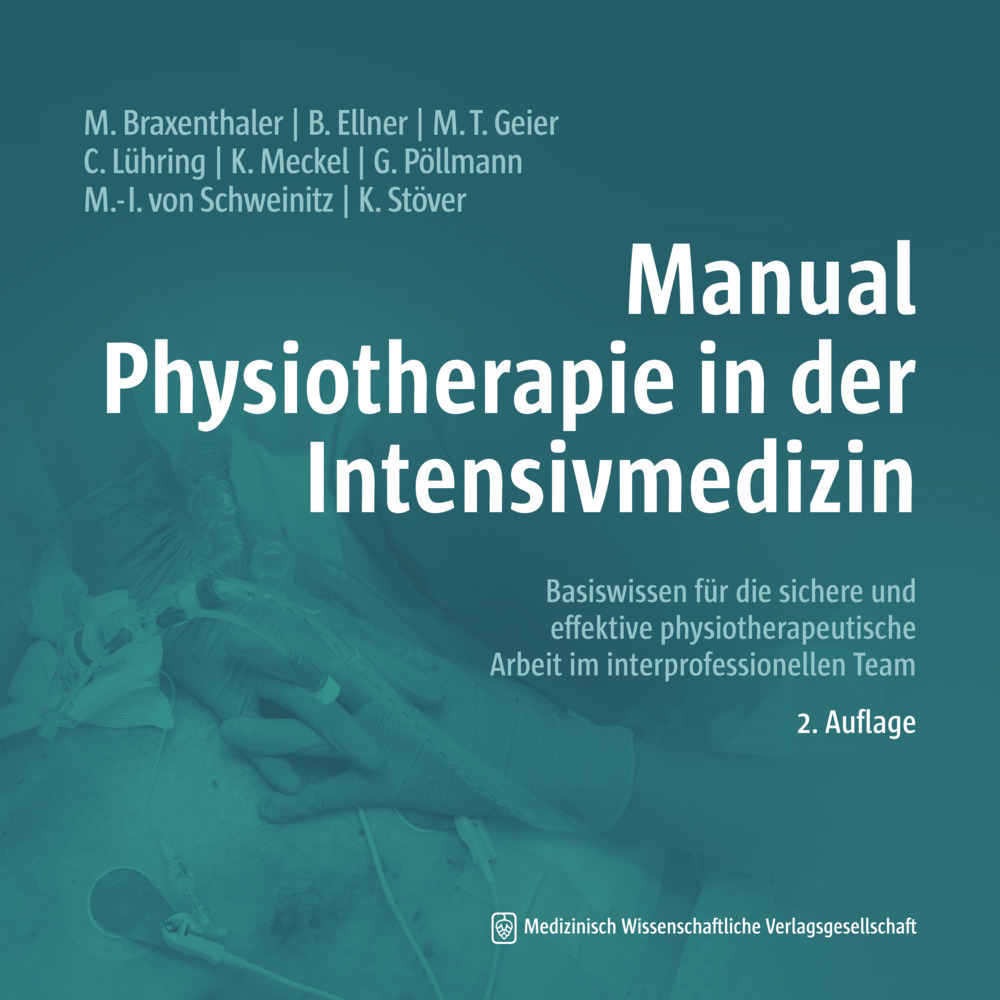Manual of Vibration Exercise and Vibration Therapy
This book addresses the practical aspects of vibration exercise and vibration therapy. In addition, it describes the technical and physiological background, providing applied scientists and doctors with a deeper understanding of the therapeutic potential that vibration exercise holds. Having first emerged two decades ago, vibration exercise has since established itself as a widespread form of physical exercise, used in all rehabilitation areas. The goal of this book is to close the gap between scientific knowledge and practice.
Physics of Vibration
The Biology of Vibration.-Design principles of Available machines.-Safety and contra-indications
PHYSIOLOGICAL RESPONSES
Biomechanics of Vibration Exercise
Cutaneous and muscle mechanoreceptors, their sensitivity to mechanical vibrations.-Electromyographical recordings during Vibration
Supraspinal Responses & Spinal Reflexes
Assesing reflex latencies in responses to vibration: Evidence for the involvemnet of more than one receptor.-Metabolic responses to whole body vibration exercise
Circulation Effects
Hormonal responses to vibration therapy
USE OF VIBRATION FOR TRAINING
Warming up.-Modulation of Neuromuscular Function
Application in Athletics
Using whole body vibration for countermeasure exercise
CLINICAL APPLICATIONS
How to Design Exercise Sessions with Whole Body Vibration Platforms
Whole Body Vibration in Geriatric Rehabilitation. -Application of vibration training for enhancing bone strength.-Whole body vibration exercise as a treatment option for chronic lower back pain
Pediatric Rehabilitation
Chronic Obstructive Pulmonary Disease (COPD)
Urinary Incontinence.-Primary Muscle Disorders.-Application of vibration training in people with common neurological disorders
Whole body vibration therapy in patients with pulmonary hypertension and right heart failure: Lessons from a pilot study.-Vibration exercise and vibration therapy in metabolic syndrome.-Whole body vibration exercise in Cancer.-GLOSSARY, APPENDICES.
Given that occupational exposure to vibration leads to well-known unfavorable effects, the book is also dedicated to potential risks, hazards and contra-indications and of course, the application of vibration therapy in a number of specific conditions is presented in a clinically usable fashion.
Given its breadth of coverage, this book will be of interest to physiotherapists and exercise scientists, but also to a wider range of physicians working in the field of rehabilitation.
Preface
THE FUNDAMENTALSPhysics of Vibration
The Biology of Vibration.-Design principles of Available machines.-Safety and contra-indications
PHYSIOLOGICAL RESPONSES
Biomechanics of Vibration Exercise
Cutaneous and muscle mechanoreceptors, their sensitivity to mechanical vibrations.-Electromyographical recordings during Vibration
Supraspinal Responses & Spinal Reflexes
Assesing reflex latencies in responses to vibration: Evidence for the involvemnet of more than one receptor.-Metabolic responses to whole body vibration exercise
Circulation Effects
Hormonal responses to vibration therapy
USE OF VIBRATION FOR TRAINING
Warming up.-Modulation of Neuromuscular Function
Application in Athletics
Using whole body vibration for countermeasure exercise
CLINICAL APPLICATIONS
How to Design Exercise Sessions with Whole Body Vibration Platforms
Whole Body Vibration in Geriatric Rehabilitation. -Application of vibration training for enhancing bone strength.-Whole body vibration exercise as a treatment option for chronic lower back pain
Pediatric Rehabilitation
Chronic Obstructive Pulmonary Disease (COPD)
Urinary Incontinence.-Primary Muscle Disorders.-Application of vibration training in people with common neurological disorders
Whole body vibration therapy in patients with pulmonary hypertension and right heart failure: Lessons from a pilot study.-Vibration exercise and vibration therapy in metabolic syndrome.-Whole body vibration exercise in Cancer.-GLOSSARY, APPENDICES.
Rittweger, Jörn
| ISBN | 978-3-030-43984-2 |
|---|---|
| Artikelnummer | 9783030439842 |
| Medientyp | Buch |
| Copyrightjahr | 2020 |
| Verlag | Springer, Berlin |
| Umfang | XI, 396 Seiten |
| Abbildungen | XI, 396 p. 108 illus., 94 illus. in color. With online files/update. |
| Sprache | Englisch |











